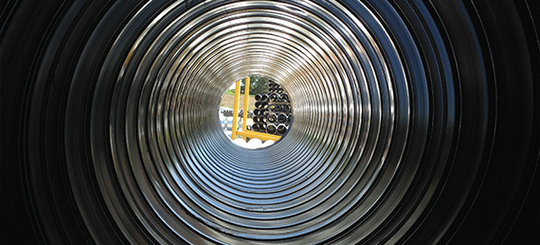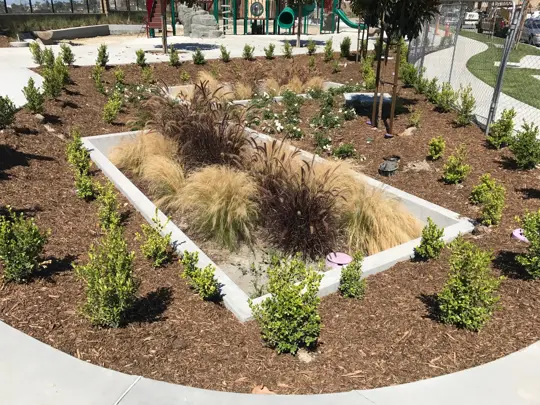
- Pipe
- Bridges & Structures
- Walls
- Stormwater Management
- Erosion Control
- Start a Project
- Knowledge Center
- Technical Documents
Our local contacts are experts who are ready to help
Unlike circular pipes, arch-shaped culverts present a unique challenge when it comes to structural rehabilitation. Their non-round geometry and sometimes integrated parapet walls mean that standard sliplining methods don't always apply. However, just because a culvert isn’t round doesn't mean it can’t be effectively relined.
Why have a preconstruction meeting for pipe? Engineers have been designing various types of pipe for hundreds of years, while contractors have been installing it for hundreds of years. What needs to be discussed? It’s fair to say that all stake holders (owner, engineer, contractor and manufacturer) want a successful project. Taking the time a week prior to installation to cover key items will save time, and money, by recognizing and mitigating any issues before they arise.
Stormwater runoff doesn’t just result in pollution and flooding; it can silently overheat rivers and streams, threatening fish and water quality. Learn how underground detention systems offer a hidden but powerful solution to this overlooked environmental challenge.
Infiltration systems are a cornerstone of modern stormwater management—but are we designing them to last? As their use expands, especially underground, new research raises concerns about sediment buildup, maintenance challenges, and long-term performance. This article takes a closer look at whether our current practices are protecting infiltration capacity—or quietly eroding it.





